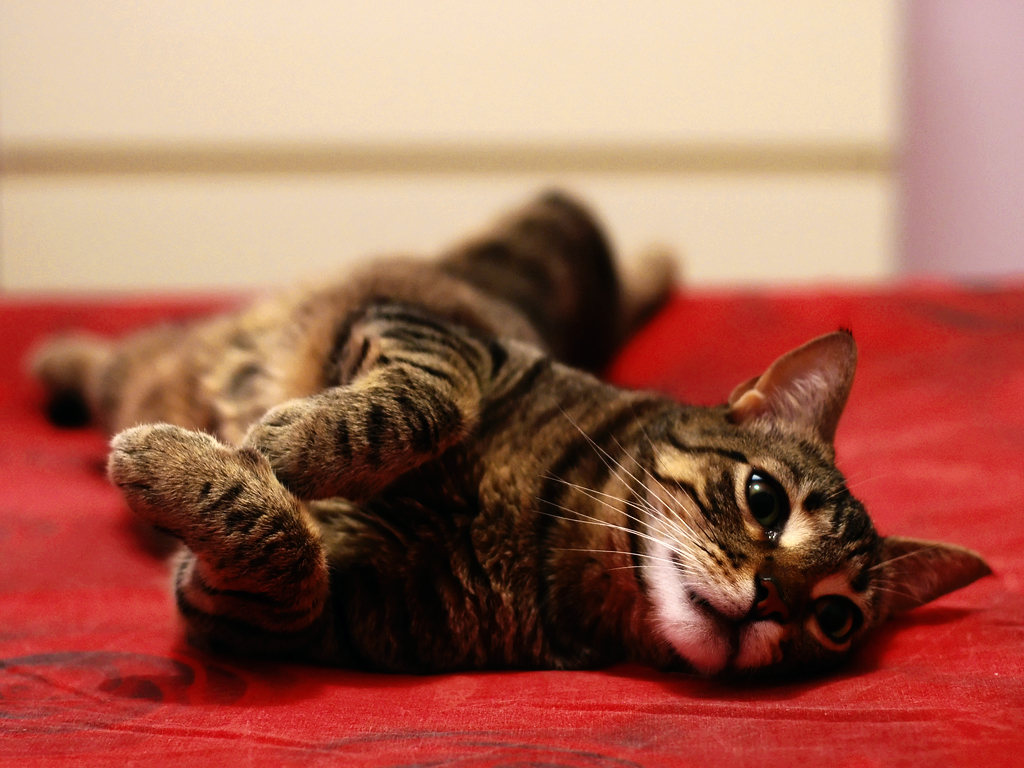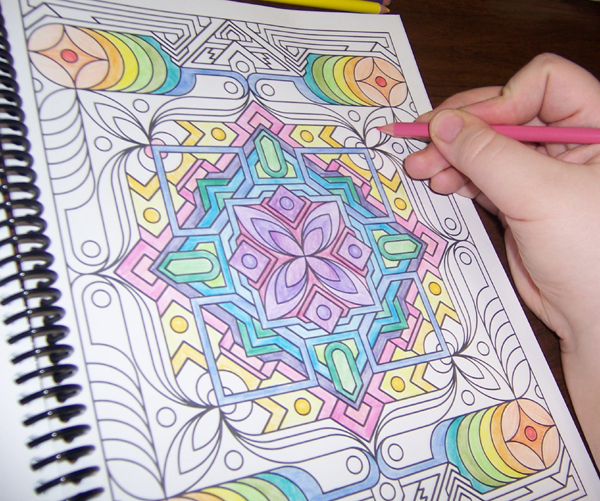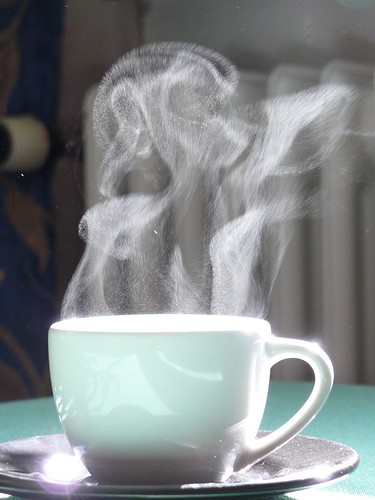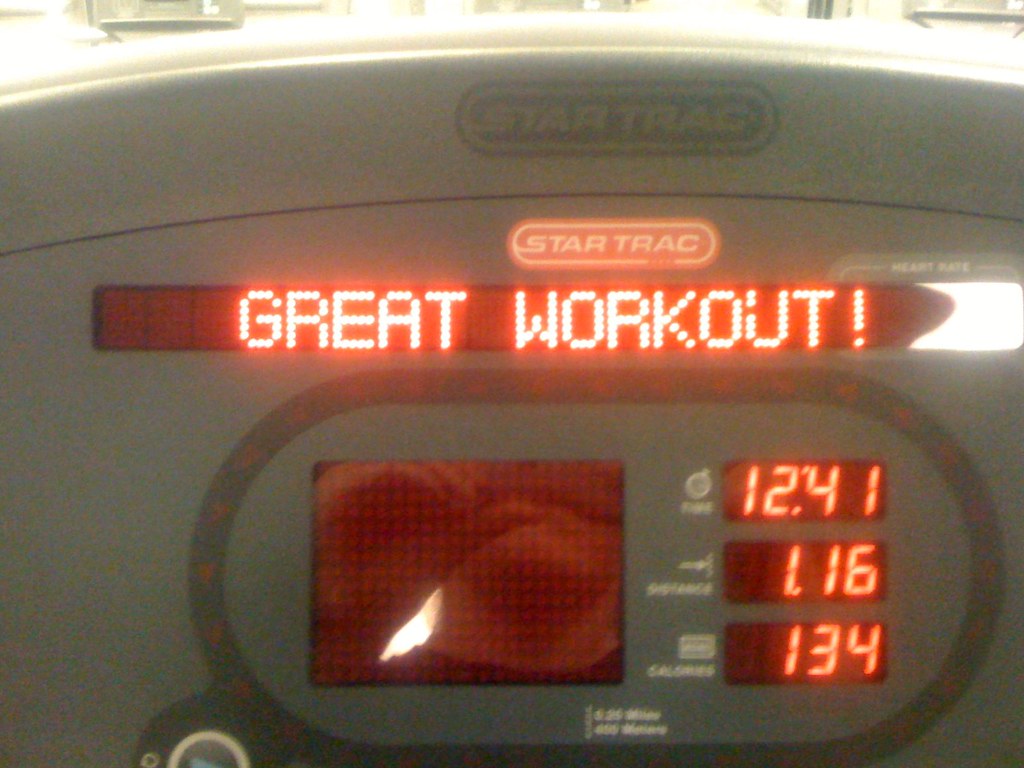 Have you ever heard the expression "mad as a hatter"? In the past, mercury was used in curing felt, which in turn was used in making hats. The hat maker's exposure to mercury caused a variety of nasty symptoms, including confused speech, distorted vision, and premature death. Mercury has been known to be toxic since antiquity, but only recently has evidence accumulated to implicate mercury in a variety of health problems, even at relatively small concentrations. Today, some of the greatest mercury hazards in our environment are very close to home for many people - in the form of amalgam fillings and vaccines. Why this kind of mercury exposure is allowed for millions of people is a modern mistake of monumental proportions. And sadly, this unnecessary exposure continues today.
Have you ever heard the expression "mad as a hatter"? In the past, mercury was used in curing felt, which in turn was used in making hats. The hat maker's exposure to mercury caused a variety of nasty symptoms, including confused speech, distorted vision, and premature death. Mercury has been known to be toxic since antiquity, but only recently has evidence accumulated to implicate mercury in a variety of health problems, even at relatively small concentrations. Today, some of the greatest mercury hazards in our environment are very close to home for many people - in the form of amalgam fillings and vaccines. Why this kind of mercury exposure is allowed for millions of people is a modern mistake of monumental proportions. And sadly, this unnecessary exposure continues today.What Is Mercury ?
 Elemental mercury is a shiny silverish liquid metal at room temperature and is considered one of the most toxic of chemicals. The U.S. Agency for Toxic Substances and Disease Registry (ATDSR) ranks mercury as the third most toxic substance, behind arsenic and lead. Metallic mercury emits gaseous mercury vapor that can be inhaled and absorbed by the lungs. About 80% of inhaled gaseous mercury is absorbed into the body and most of it quickly enters the the bloodstream via the lungs. It is also readily absorbed by the skin on contact. Metallic mercury is used in fluorescent light bulbs, in some thermometers, and in some electrical switches. Elemental mercury is also a major component of amalgam fillings and typically constitutes about 50 percent by weight. Mercury often combines with other chemicals such as chlorine, sulfur, or oxygen, to form inorganic mercury compounds or salts, which are usually powders or crystals. Mercury salts are used in antiseptic creams and ointments and as preservatives. Mercury also can combine with carbon to form organic compounds, including methylmercury and ethylmercury. Methylmercury is produced mainly by microscopic organisms in contaminated water and soil and accumulates in fish, shellfish, and animals that eat fish. The highest concentrations are in large fish highest on the food chain, such as tuna and swordfish. Smaller fish generally have much lower concentrations. Ethylmercury is a metabolite of the mercury compound thimerosal, which is still used as a preservative in some vaccines.
Elemental mercury is a shiny silverish liquid metal at room temperature and is considered one of the most toxic of chemicals. The U.S. Agency for Toxic Substances and Disease Registry (ATDSR) ranks mercury as the third most toxic substance, behind arsenic and lead. Metallic mercury emits gaseous mercury vapor that can be inhaled and absorbed by the lungs. About 80% of inhaled gaseous mercury is absorbed into the body and most of it quickly enters the the bloodstream via the lungs. It is also readily absorbed by the skin on contact. Metallic mercury is used in fluorescent light bulbs, in some thermometers, and in some electrical switches. Elemental mercury is also a major component of amalgam fillings and typically constitutes about 50 percent by weight. Mercury often combines with other chemicals such as chlorine, sulfur, or oxygen, to form inorganic mercury compounds or salts, which are usually powders or crystals. Mercury salts are used in antiseptic creams and ointments and as preservatives. Mercury also can combine with carbon to form organic compounds, including methylmercury and ethylmercury. Methylmercury is produced mainly by microscopic organisms in contaminated water and soil and accumulates in fish, shellfish, and animals that eat fish. The highest concentrations are in large fish highest on the food chain, such as tuna and swordfish. Smaller fish generally have much lower concentrations. Ethylmercury is a metabolite of the mercury compound thimerosal, which is still used as a preservative in some vaccines. Exposure
ExposureThe most common exposure to mercury is from contaminated fish or shellfish (methylmercury), from amalgam fillings (elemental mercury), and some vaccines (ethylmercury). It can also occur from breakage and cleanup of fluorescent light bulbs or mercury thermometers (elemental mercury). Less common exposure can occur in the workplace - in dental offices, or health services or industries that use mercury.
Health Effects
 From ToxFAQS: "The nervous system is very sensitive to all forms of mercury. Methylmercury and metallic mercury vapors are more harmful than other forms, because more mercury in these forms reaches the brain. Exposure to high levels of metallic, inorganic, or organic mercury can permanently damage the brain, kidneys, and developing fetus. Effects on brain functioning may result in irritability, shyness, tremors, changes in vision or hearing, and memory problems."
From ToxFAQS: "The nervous system is very sensitive to all forms of mercury. Methylmercury and metallic mercury vapors are more harmful than other forms, because more mercury in these forms reaches the brain. Exposure to high levels of metallic, inorganic, or organic mercury can permanently damage the brain, kidneys, and developing fetus. Effects on brain functioning may result in irritability, shyness, tremors, changes in vision or hearing, and memory problems."The primary health effect of methylmercury on fetuses, infants, and children is impaired neurological development that can result in impaired cognitive thinking, memory, attention, language, and fine motor and visual spatial skills. The mother's consumption of fish and shellfish that contain methylmercury, can expose the fetus and any nursing children.
Hazardous Limits
The U.S. Environmental Protection Agency (EPA) has set a limit for mercury of 2 parts per billion (ppb) in drinking water. The U.S. Food and Drug Administration (FDA) set a maximum permissible level for methylmercury in seafood at 1 part per million (ppm). The U.S. Occupational Safety and Health Administration (OSHA) set limits of 0.1 milligram of organic mercury per cubic meter of workplace air (0.1 mg/m3) and 0.05 mg/m3 of metallic mercury vapor for 8-hour shifts and 40-hour work weeks.
What Can We Do to Limit Our Exposure?
 Don't get amalgam fillings! There are plenty of alternatives that have minimal effects. If you already have amalgam fillings, consider removing them. The International Academy of Oral Medicine and Toxicology (IAOMT) has developed recommendations for safe removal of amalgam fillings. If you take vaccines, insist on vaccines that do not have thimerosal. Most influenza vaccines and DTwP and tetanus vaccines still have thimerosal. Vaccines have many other potential problems, so be sure to research any vaccine you are considering for yourself or your family. If you accidentally break a fluorescent light bulb or mercury thermometer, follow the recommended cleanup and disposal procedures to minimize your exposure to mercury. Limit your intake of large fish like tuna, king mackeral, and swordfish. If you eat tuna, get the "light tuna", which is usually from smaller varieties that have less methylmercury. Pregnant women should especially be careful about mercury exposure, because mercury is much more harmful to the fetus than to the mother.
Don't get amalgam fillings! There are plenty of alternatives that have minimal effects. If you already have amalgam fillings, consider removing them. The International Academy of Oral Medicine and Toxicology (IAOMT) has developed recommendations for safe removal of amalgam fillings. If you take vaccines, insist on vaccines that do not have thimerosal. Most influenza vaccines and DTwP and tetanus vaccines still have thimerosal. Vaccines have many other potential problems, so be sure to research any vaccine you are considering for yourself or your family. If you accidentally break a fluorescent light bulb or mercury thermometer, follow the recommended cleanup and disposal procedures to minimize your exposure to mercury. Limit your intake of large fish like tuna, king mackeral, and swordfish. If you eat tuna, get the "light tuna", which is usually from smaller varieties that have less methylmercury. Pregnant women should especially be careful about mercury exposure, because mercury is much more harmful to the fetus than to the mother.And most of all - avoid mercury madness :)






















